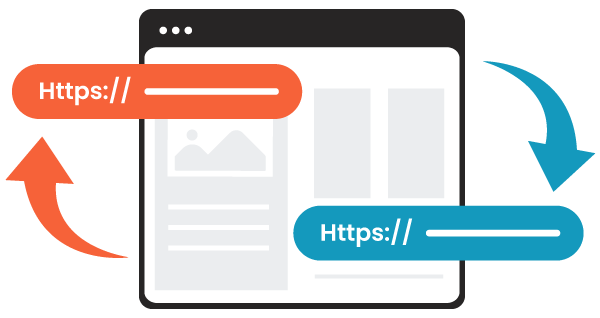How to Use Data to Demonstrate Proof of Impact in Nonprofit Reporting
Nonprofit organizations are constantly competing for limited resources. In order to receive funding from public and private sources, nonprofits must use data to prove that they’re creating a positive impact and achieving their mission. Organizations that fail to demonstrate their value lose funding, reduce programming, shave payroll, and ultimately serve fewer clients.
To achieve a stable financial outlook, nonprofits will often create “proof of impact” reports to maintain accountability to their funders. These reports are rooted in clean data that quickly communicate how the community is benefiting from the organization’s work.
A nonprofit impact report is laser-focused on results and captivating story-telling. Impact reports are geared toward supporters and are an essential tool that fundraisers use to tell donors that their contributions make a difference.
It’s important to note that nonprofit impact reports are not just PR puff pieces. They are important communication tools that use data and stories to illuminate an organization’s key metrics of success. Effective nonprofit impact reports are grounded in quantitative and qualitative data.
- Related Content: How Data Helps Secure Grant Funding
- Related Content: The Importance of Data Transparency at Nonprofits

What to Include in a Nonprofit Impact Report
Don’t mistake nonprofit impact reports for annual reporting. Whereas annual reports are issued just once a year, nonprofits can deliver proof of impact reports to donors, board members, community partners, and funding agencies throughout the year. Annual reports typically include information about the nonprofit’s organizational structure and other details unrelated to the nonprofit’s impact.
Nonprofit impact reports can portray success metrics for an entire organization or a specific program. The report should include five key components: background data, implementation, results, next steps, and a call-to-action for support.
- Background: Start by describing the program that your report will evaluate. Explain the program’s goals as well as when and how the data was collected. Not sure which data to pull? Implementing a logic model helps nonprofits plan and evaluate programming. Finish this section with a brief, top-level summary of the report’s key findings. Need to create a logic model? Here’s our guide: How to Create a Nonprofit Logic Model.
- Implementation: Describe the resources your organization used to execute the program. Quantify hours contributed by personnel, volunteers, and any other costs associated with materials or wages needed to support the program. Explain any unique facets of this program or actions that your staff took to support clients throughout the initiative.
- Results: This is where data collection comes in handy. Describe tangible outcomes, including how many people were impacted by the program, what services were used, client demographics, client feedback, and other metrics that define your organization’s success.
- Next Steps: In this section, briefly discuss key takeaways from the program and your report’s data. What worked well? What could be improved next time? What resources are needed to improve results in the future?
- Call for Support: Express your need for funding and make a specific ask that connects to the program’s key impacts. Make sure to consult your fundraising team for key talking points and language they recommend incorporating.
The report’s layout and design are just as important as the above components. Some reports are fully digitized, incorporating videos and other digital media, whereas others are printed booklets.
Make sure to break up chunks of text with icons, pull-quotes, engaging photos, graphs, and donor or client testimonials. The goal is for the report’s key messages and proof of impact to flow naturally via a mix of engaging stories, visuals, and data imagery.

CaseWorthy Helps Nonprofits Efficiently Manage, Sort, and Pull Data for Impact Reports
CaseWorthy is more than just a database. It’s a customizable tool that case managers and nonprofit personnel use to track case progress and report with ease. CaseWorthy offers resources to help streamline everyday processes, including creating a nonprofit impact report.
Case managers, social workers, and leadership alike can access accurate data points and pull detailed reports. CaseWorthy also offers a wide range of pre-made and fully customizable templated reports, making it easier to pull and work with data.


